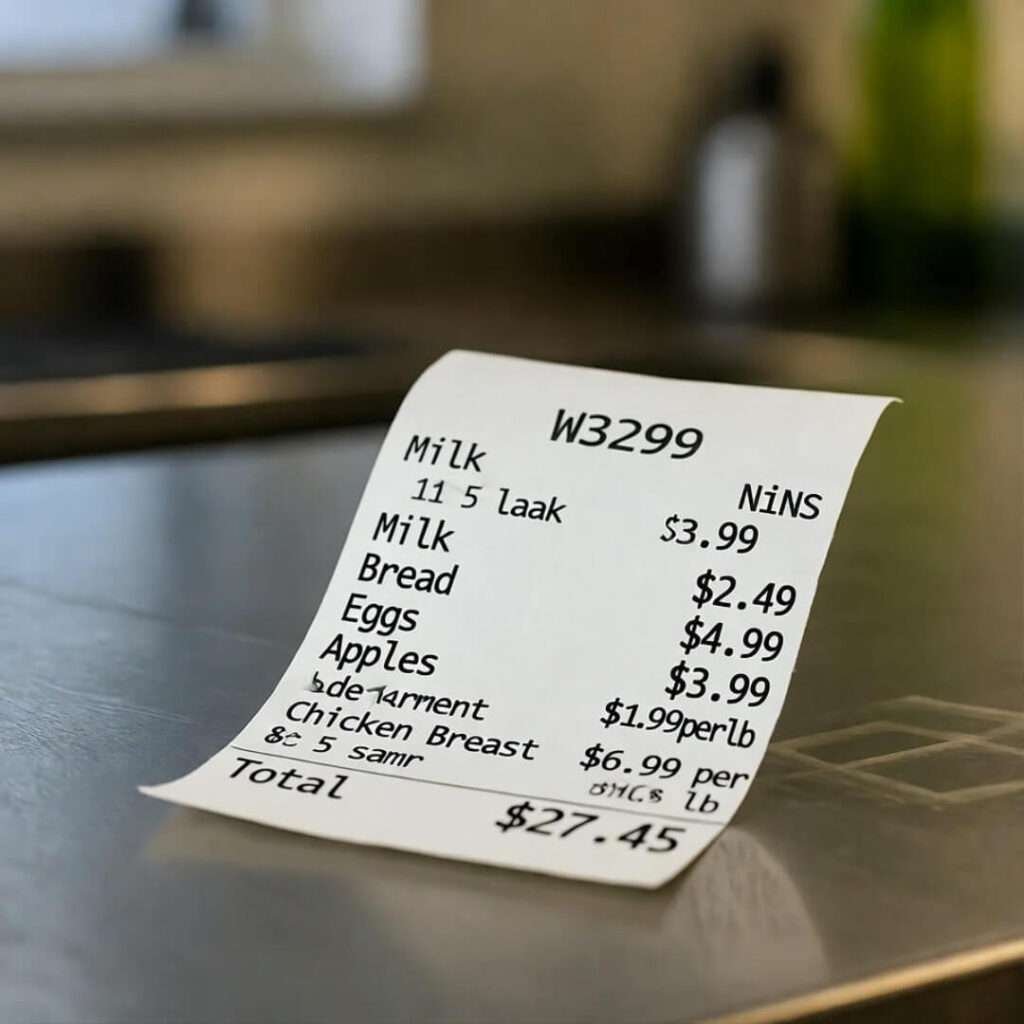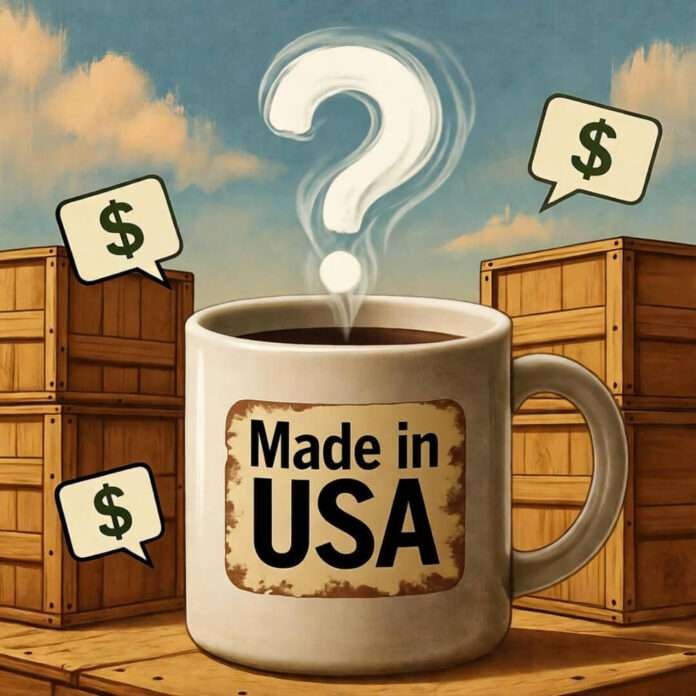Trump’s NAFTA. It’s been a few years since it turned into USMCA. I’m on my porch in Ohio. Coffee’s cold. The factory across the street has lights on again. Is that a win? I think so. But not always.

Trump’s NAFTA and Jobs: What I See Daily
I weld parts. Or I used to. Plant closed in 2017. USMCA brought it back. I got hired last year. Felt good. High-fived the boss.
Now? Second shift. Pay’s okay—$17 an hour. But overtime’s rare. Parts from Mexico delay things. I go home early sometimes. Eat cheap noodles.
Still, it’s work. Better than nothing. My friend Jake’s back too. We laugh about it. Then gas prices hit. We stop laughing.
- Jobs: More in autos. About 100,000 added since 2020.
- Wages: Supposed to rise. Mine did a bit. But bills eat it.
- Chains: Messy. Borders slow stuff down.
I checked a report from Brookings. It says small gains in manufacturing. Feels right here. But some folks lost jobs over costs. Win some, lose some.
Food Prices and Trump’s NAFTA: My Wallet Hurts
Embarrassing story: I hated Mexican avocados once. Called them bad for jobs. Now? Cheaper under USMCA. I eat them on toast. Hypocrite? Yep.
Beef’s better too. Uncle sells more to Mexico. No old limits. He got a new truck. I had steak at his. Didn’t break the bank.
But dairy? Canada’s tough. Cheese costs more. Kid’s lunches add up. Deal was meant to help. It did—a little.

Trump’s NAFTA Score: Hits and Misses From Me
Quick list:
- Hits:
- Auto work: Real jobs.
- Farm sales: Beef and soy up.
- Online sales: Easier to Canada. Cousin does graphics.
- Misses:
- Paperwork: Small shops hate it.
- Prices: Up and down. Eggs cheap one week, not next.
- Parts: Still wait on some from abroad.
Council on Foreign Relations calls it “modest plus.” That means okay. Not great. From here? It helps me get by.
Talking Trump’s NAFTA to Family
My teen asked about gas prices. $3.80 a gallon. I said world stuff. Changed topic.
Real talk: Deal didn’t cause it. Didn’t fix it. Tip: Check labels with kids. We do. See origins. Half our food has Canadian bits. Eye-opener.

My Final Thought on Trump’s NAFTA
America winning? Yes, if you work again. No, if bills pile up. Maybe long-term.
I’m not thrilled. Not mad. Just real. Porch creaks. Factory hums. Hope it lasts.
What about you? Job better? Prices worse? Comment below. Let’s chat. I read them all.




